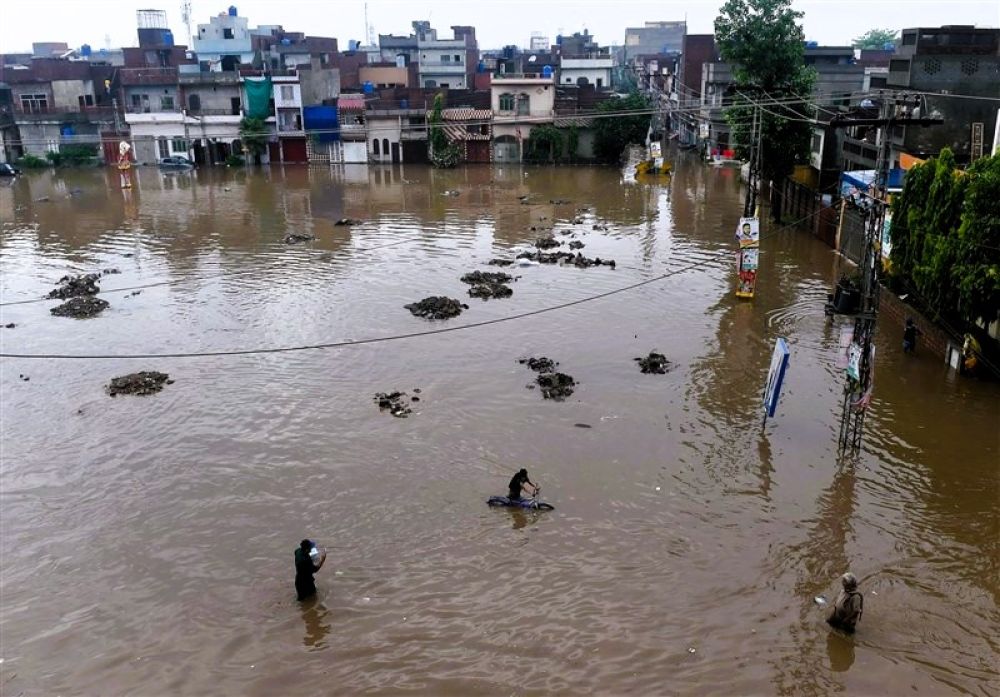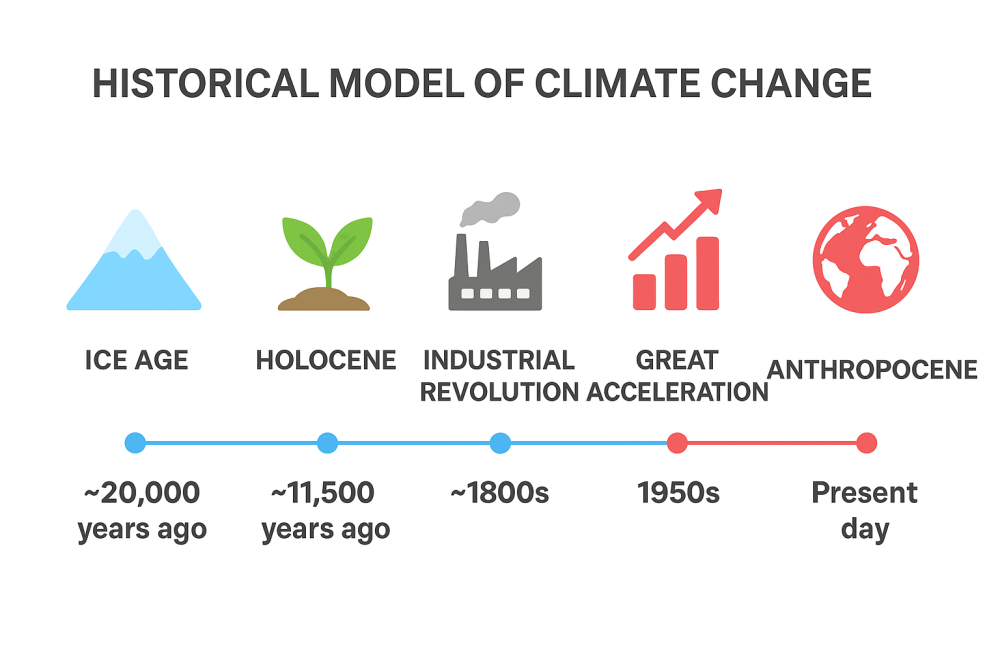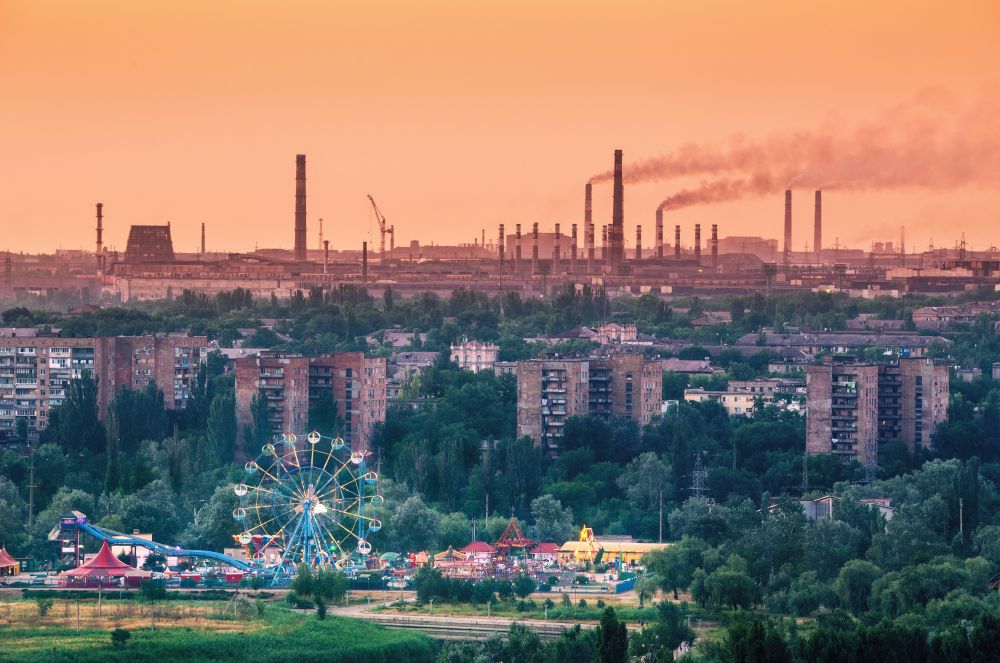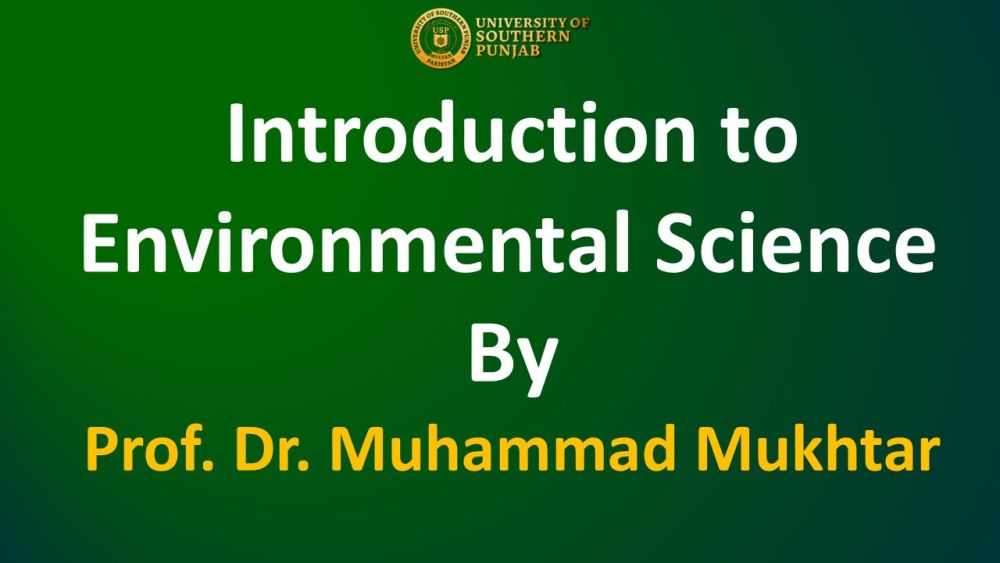42/25 General Info About Greenhouse Effect and the Gases Involved in this Effect
Posted 4 months ago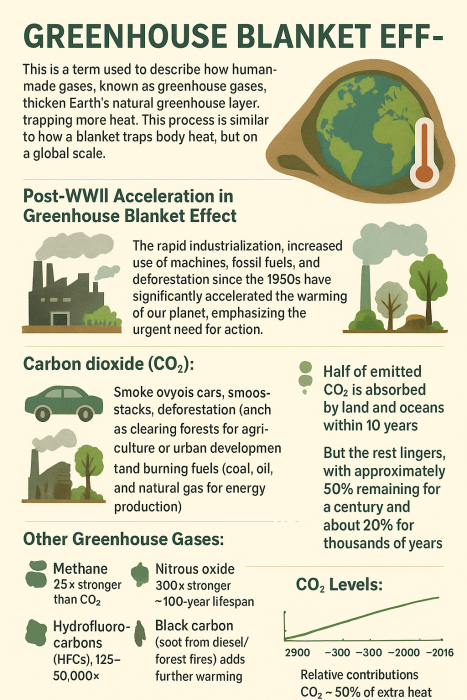
Greenhouse blanket effect
This is a term used to describe how human-made gases, known as greenhouse gases, thicken Earth’s natural greenhouse layer, trapping more heat. This process is similar to how a blanket traps body heat, but on a global scale.
Post-WWII Acceleration in Greenhouse Blanket Effect
The rapid industrialization, increased use of machines, fossil fuels, and deforestation since the 1950s have significantly accelerated the warming of our planet, emphasizing the urgent need for action.
Carbon dioxide (CO₂):
The main sources of greenhouse gases are cars, smokestacks, deforestation (such as clearing forests for agriculture or urban development), and burning fuels (like coal, oil, and natural gas for energy production).
Invisible, unlike visible smoke or particles.
Half of the emitted CO₂ is absorbed by land and oceans within 10 years, but the rest lingers, with approximately 50% remaining for a century and about 20% for thousands of years, underlining the long-lasting impact of our actions.
Other Greenhouse Gases:
Methane (25× stronger than CO₂, ~10-year lifespan).
Nitrous oxide (300× stronger, ~100-year lifespan).
Hydrofluorocarbons (HFCs, 125–50,000× stronger).
Black carbon (soot from diesel/forest fires) adds further warming.
Super pollutants: This is a term used to describe non-CO₂ gases that are highly potent in trapping heat, despite their short- or long-lived nature. Together, these gases cause approximately 40% of the extra heating that contributes to climate change.
CO₂ Levels:
Pre-industrial baseline: ~275 ppm.
Crossed 300 ppm (~1950), 350 ppm (~2000), and 400 ppm (~2016).
Represents a 40% increase, driving significant climate changes.
Relative contributions:
CO₂ ≈ 50% of extra heat.
Long-lived super pollutants (e.g., nitrous oxide) ≈ 10%.
Short-lived super pollutants (methane, HFCs, ozone, black carbon) ≈ 40%.
Scientific Evidence:
Data comes from global measurements (energy, industry, forestry, and agriculture emissions).
Internationally collected and verified, not political or manufactured.
Historical thermometer records (since 1880) show steady global warming, now about +1°C.
The above information has been organized for you by the University of Southern Punjab Multan, a best university located in Multan, Pakistan
REFERENCE AND ADDITIONAL READING
Bending the Curve: Climate Change Solutions - Open Textbook Library

